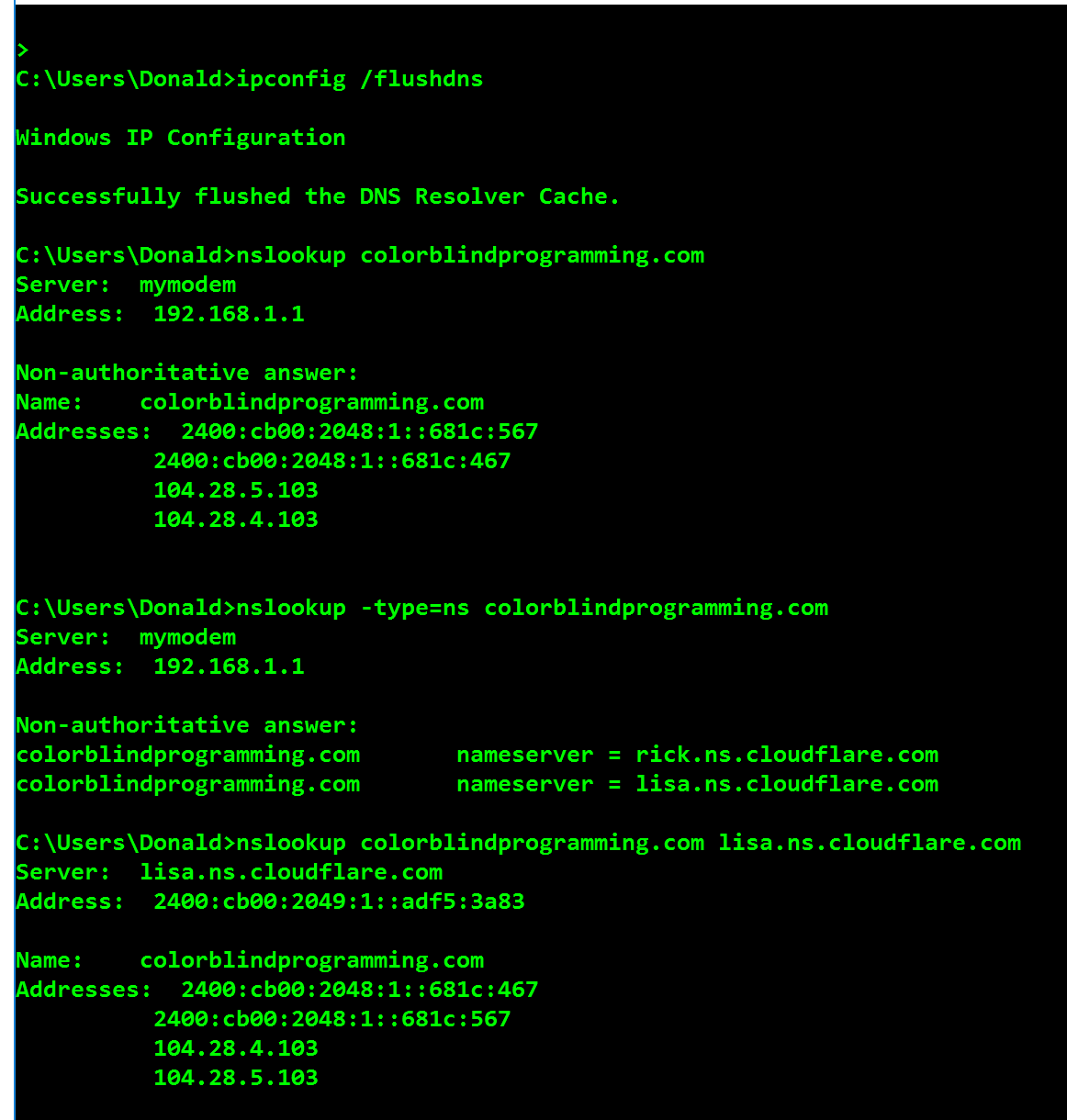SmashingConf 2014 – the slides
Written on 17 September 2014, 10:32pm
Tagged with: conference, slides, smashing magazine
Day 1:
1. Marcin Wichary (@mwichary)
post
2. Yesenia Perez-Cruz (@yeseniaa)
No slides?
3. Phil Hawksworth (@philhawksworth)
slides
4. Josh Emerson (@joshe)
slides
5. Mathias Bynens (@mathias)
post, related presentation
6. Patty Toland (@pattytoland)
slides
7. Paul Bakaus (@pbakaus)
post
8. Kevin M. Hoffman (@kevinmhoffman)
No slides?
9. Christopher Murphy (@fehler)
No slides?
~~~~
Day 2:
1. Dave Shea (@mezzoblue)
slides
2. Phil Coffman (@philcoffman)
slides
3. Sara Wachter Boettcher (@sara_ann_marie)
slides
4. Gerry Leonidas (@gerryleonidas)
slides
5. Peter Smart (@petewsmart)
slides
6. Matt Andrews (@andrewsmatt)
No slides?
7. Josh Payton (@jpay)
No slides?
8. Jason Grigsby (@grigs)
slides
See also the full coverage on Lanyrd.com
- Likes (1)
- Comments (1)
-
Share


